Nacra 17: Onward to Paris 2024
Published on March 8th, 2022
Once upon a time sailboats used in the Olympic Games came from established classes, were well evolved, and readily available. But being an Olympic class was a mixed blessing as with the prestige came elite commitment in both time and money.
Over time, the objectives of the International Olympic Committee and World Sailing led to imagining the boats for the Games, and then putting out a bid for interested suppliers. This shift may be for the best, as the excessive effort required to compete now stays in a bubble, though the boat may not be fully cooked when it comes out of the oven.
After the 2016 and 2020 Olympics, the Nacra 17 is still getting cooked. Conceived for the Mixed Multihull event, this grand experiment is still ongoing.
Launched in 2012 prior to foiling boards becoming mainstream, the boat was soon outdated. The best solution at the time was a semi-foiling, semi-lifting C foil that teams could occasionally make balance to give it full lifting from the water, but in an unstable manner. Spectacular crashes were not uncommon.
The Nacra 17 Class had also been plagued with build quality issues and insufficient measurement control in the lead-up to the Rio 2016 Olympics, and it was within this environment that advantages were believed to have been gained. Not quite ready for primetime.
The decision was made to redesign the boat for full-foiling before the Tokyo 2020 Olympic Games, which was a costly step toward progress. But more bumps occurred when the new daggerboard parts were breaking, and the t-foil rudders were slicing sailors who found themselves in harm’s way.
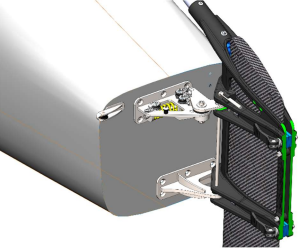 While now more modern, the boat remained dangerous so it went back to the kitchen after Tokyo 2020. The solution this time was an updated rudder elevator and an adjustable rudder rake system. These changes were approved by class membership, with the retrofit required for competition.
While now more modern, the boat remained dangerous so it went back to the kitchen after Tokyo 2020. The solution this time was an updated rudder elevator and an adjustable rudder rake system. These changes were approved by class membership, with the retrofit required for competition.
The updated elevator profile is now slightly asymmetric, reducing the amount it projects outward of the boat. Additionally, the leading edge and end profiles are blunter than before, and the torpedo central section has also been blunted to reduce the chance of serious cut injuries should a sailor come in contact with the elevator after falling overboard.
The second change is the adoption of an adjustable rudder rake system that allows teams to tune their rudder rakes during racing, while in the past adjustments were only possible in between races. The system also allows for differential adjustment, so the rakes of the windward and leeward rudders can be set independently.
Sailors can now optimally set up their boats for upwind and downwind sailing, instead of adopting a compromised setting for both directions. This should allow teams to stay foiling more often downwind, and with a greater margin of comfort than has been previously available to them.
The change also allows for upwind foiling to become a more realistic mode of choice for teams while racing. Not only can teams generate more lift for takeoff, but they can also increase the downforce to windward (and or reduce lift to windward) to better handle the higher apparent wind speeds that accompany upwind foiling.
While most one design classes recognize these kind of rule changes and equipment upgrades impact participation, most one design classes aren’t providing Olympic equipment in which funding support comes from sponsors and national teams, and involvement leads toward the quadrennial competition. Sailors get a better boat again… onward to Paris 2024.


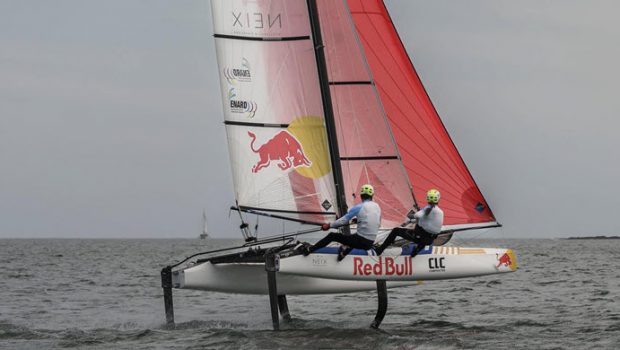




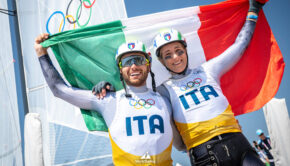
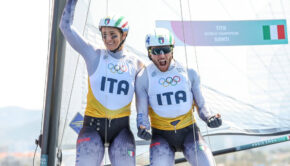

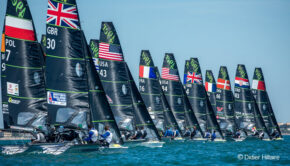
 We’ll keep your information safe.
We’ll keep your information safe.